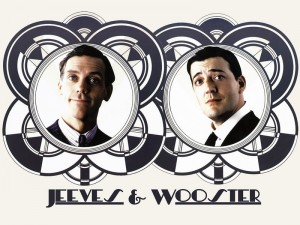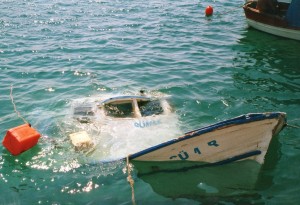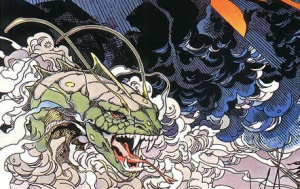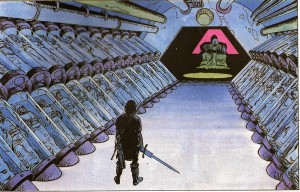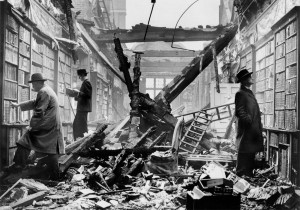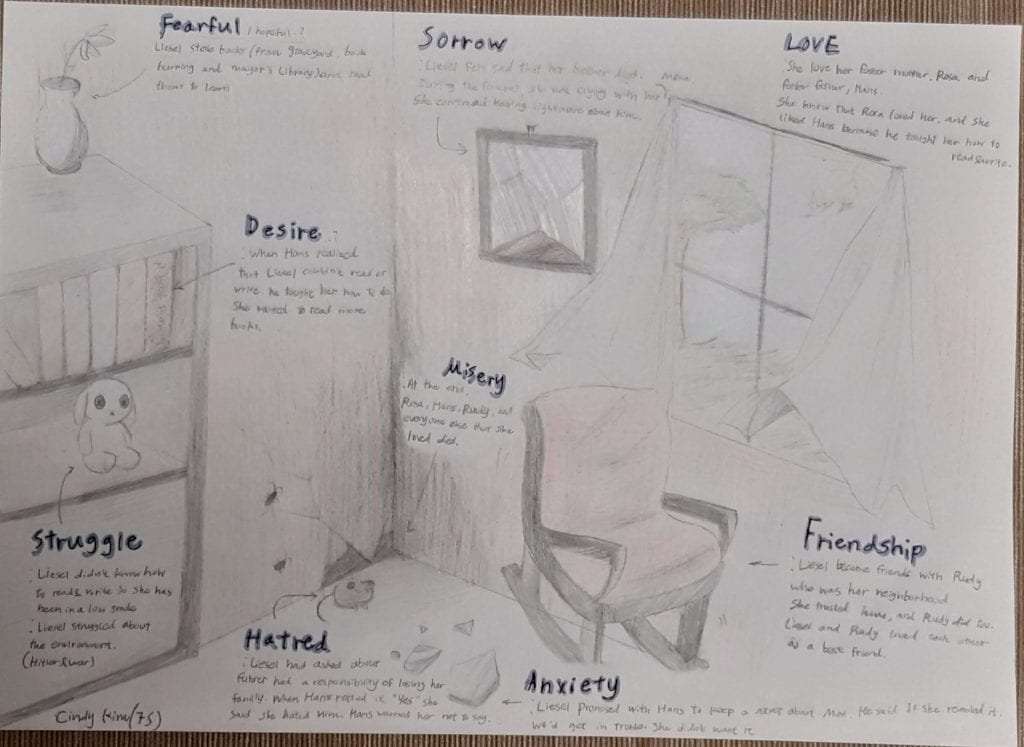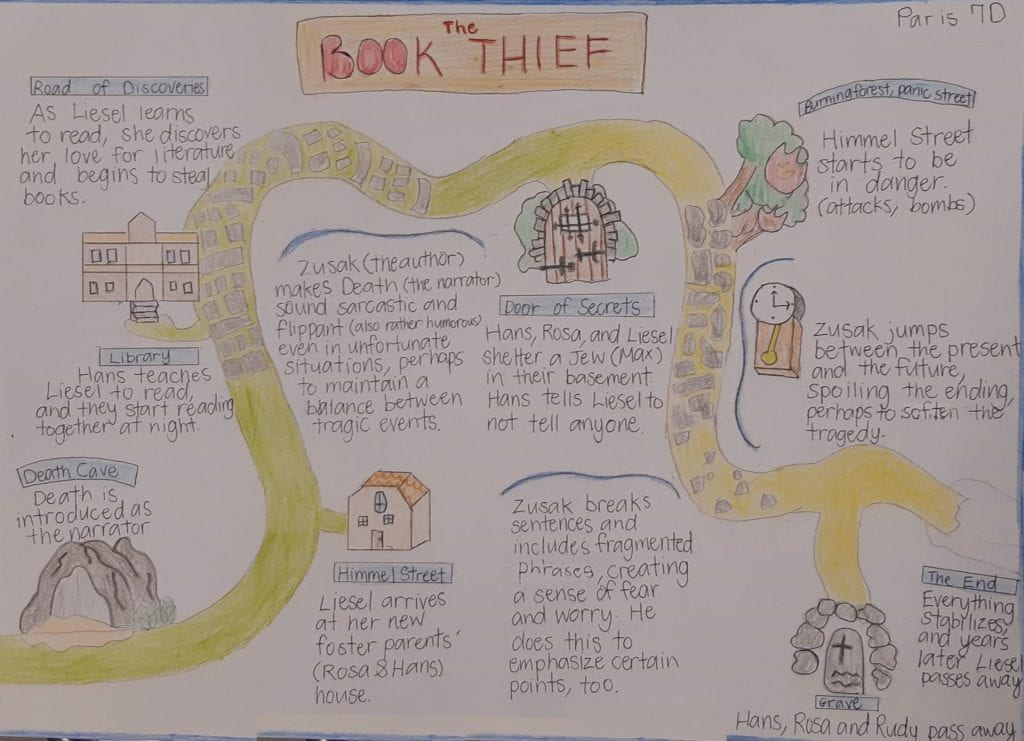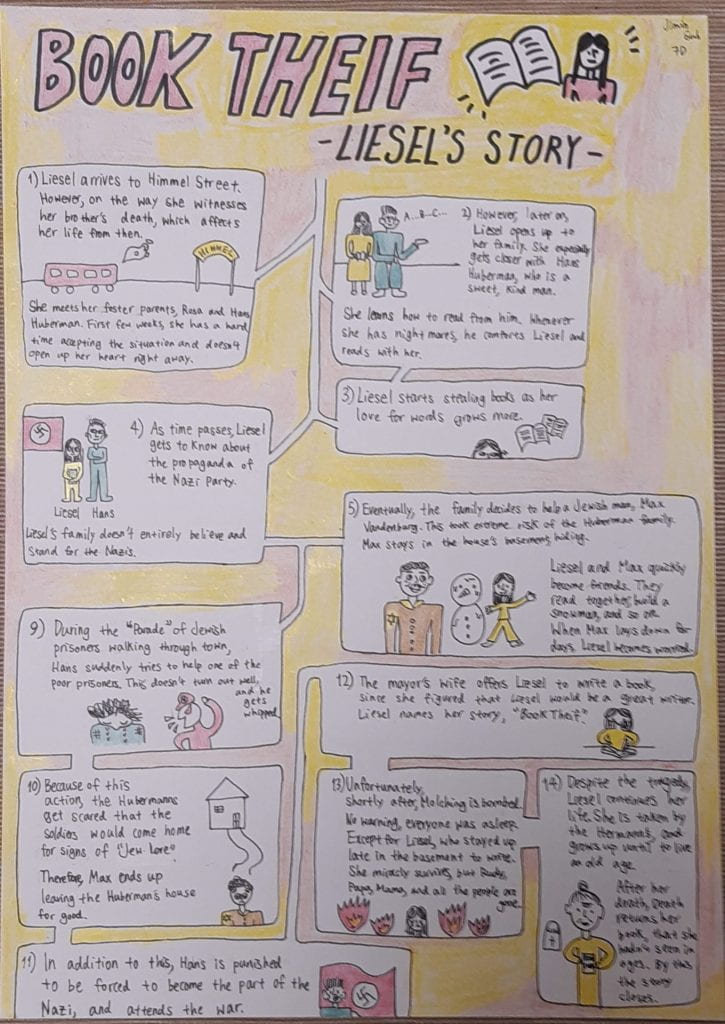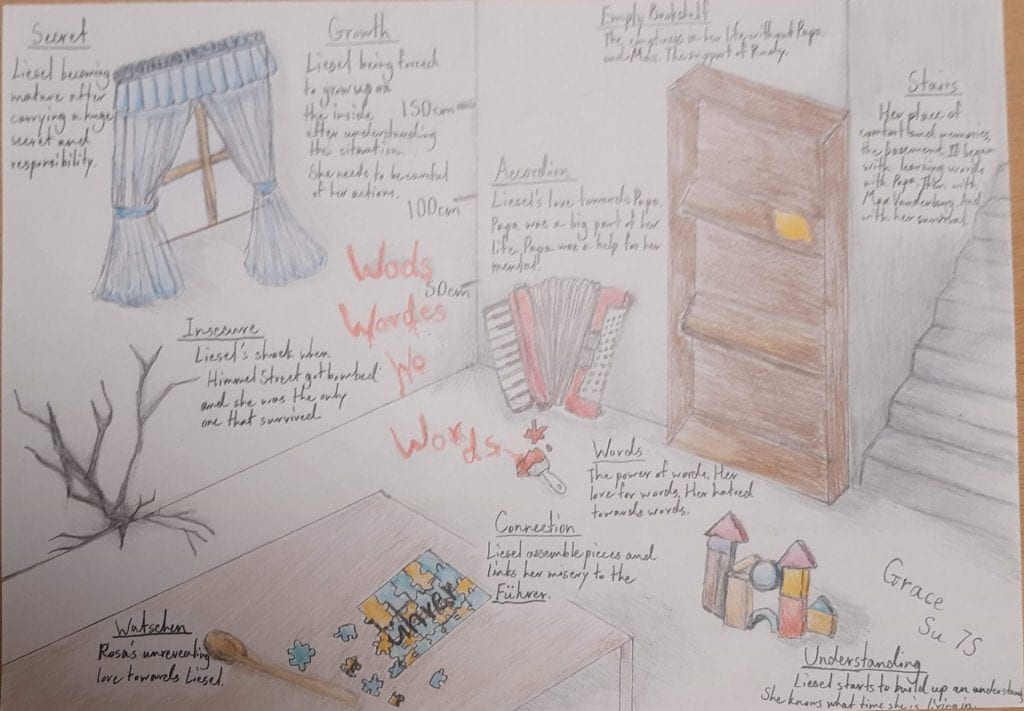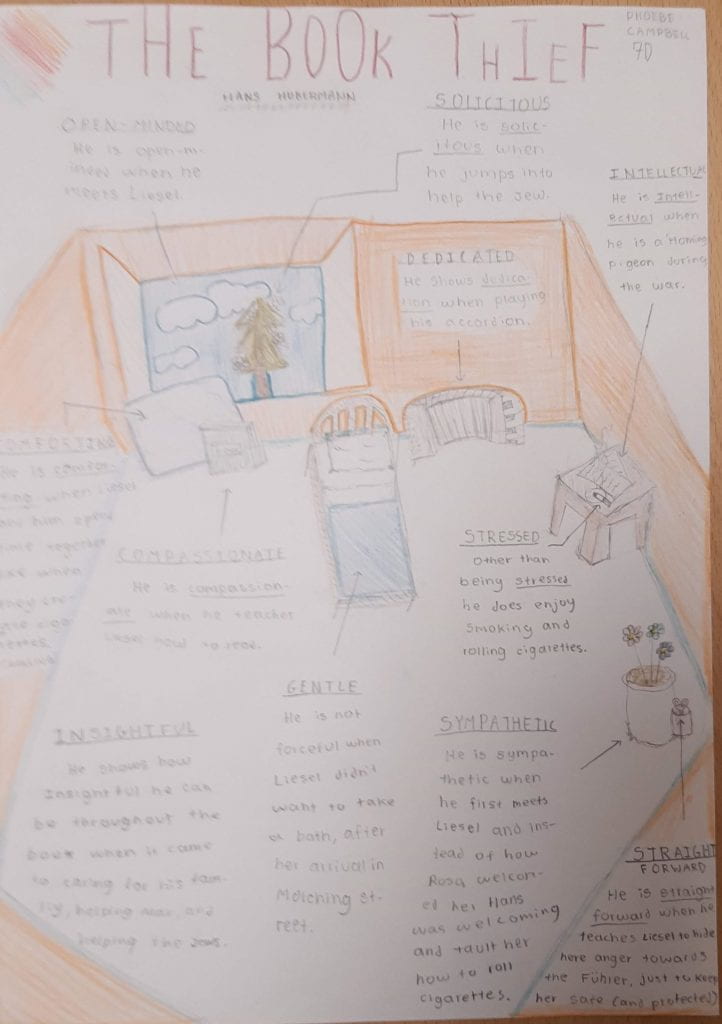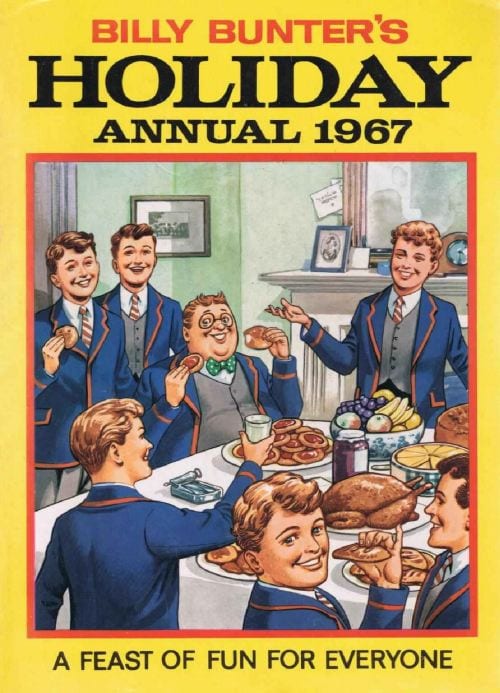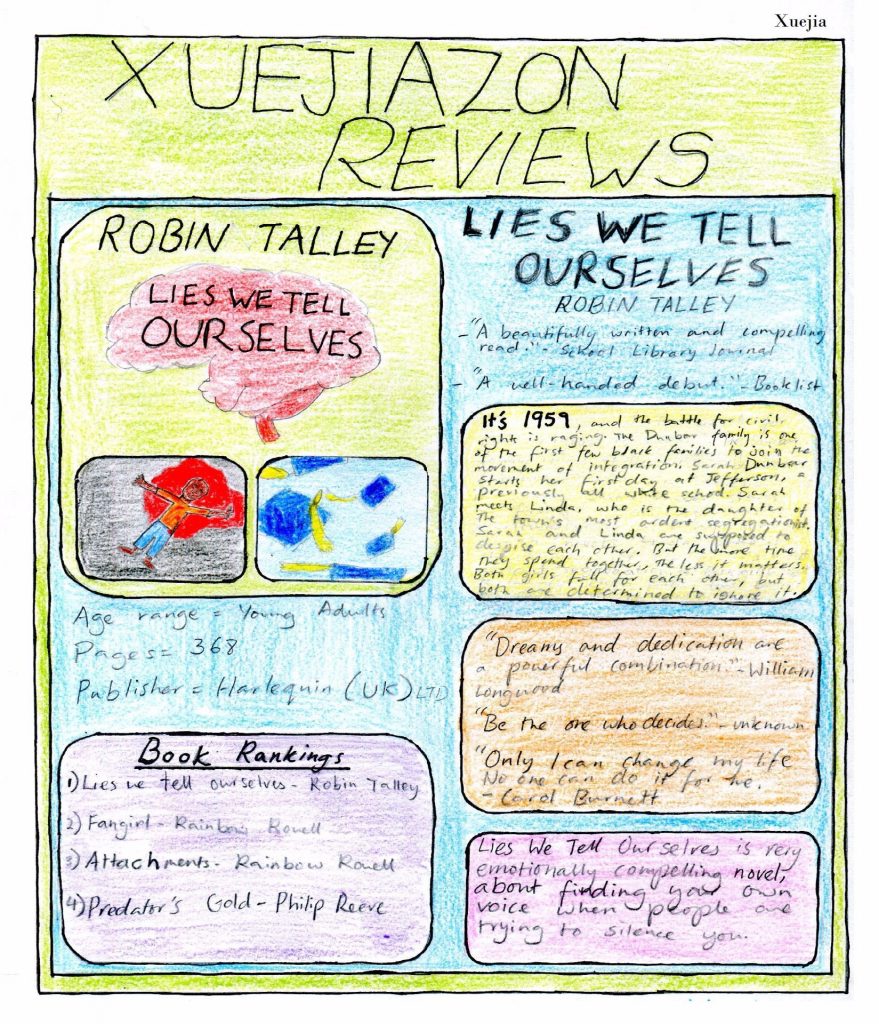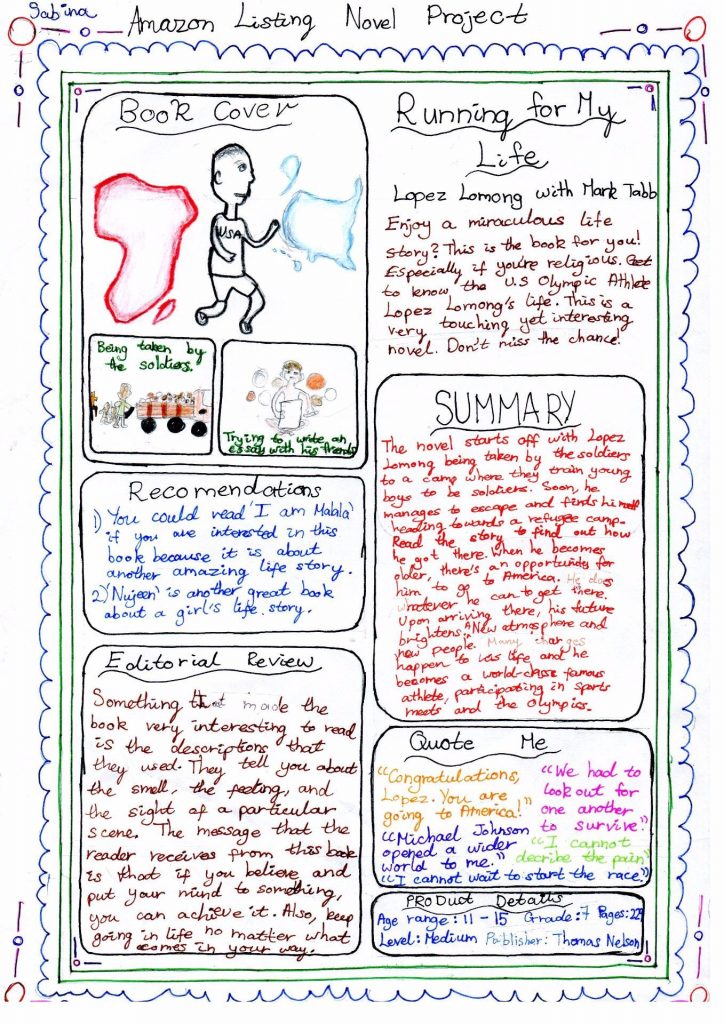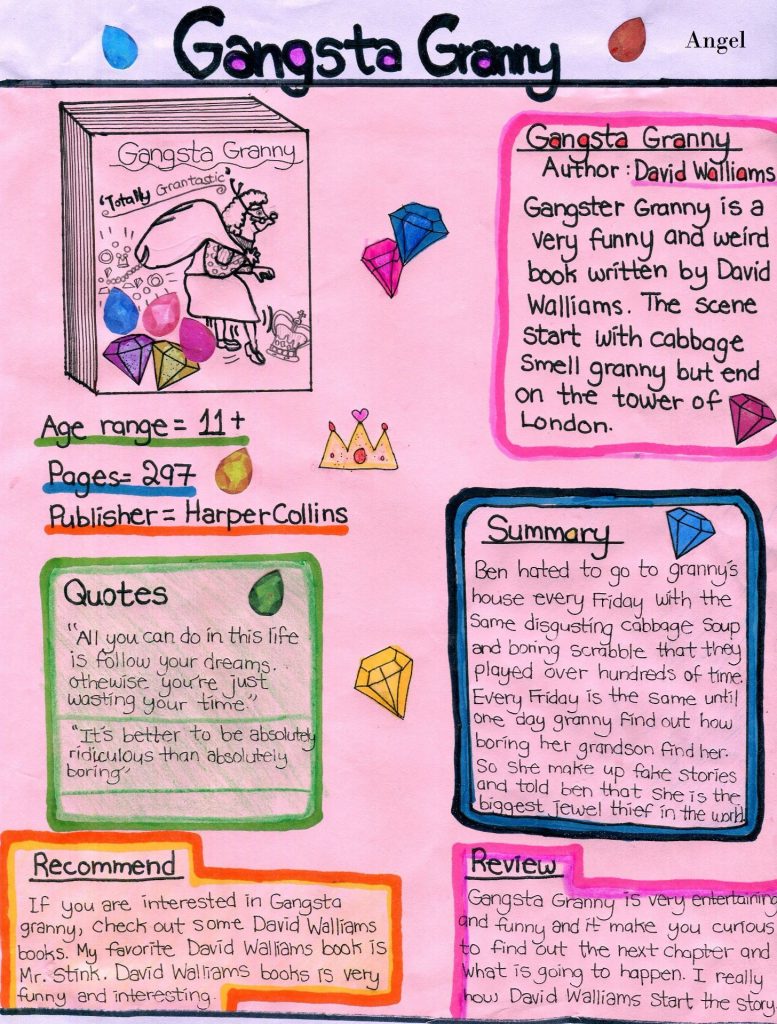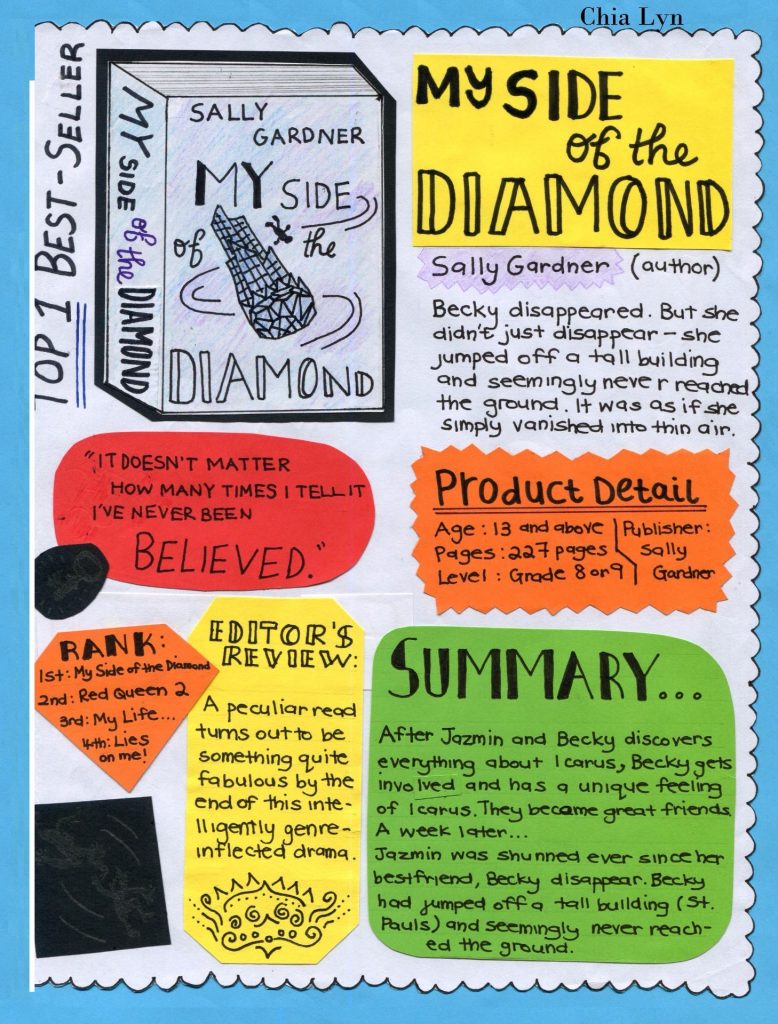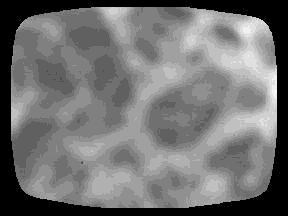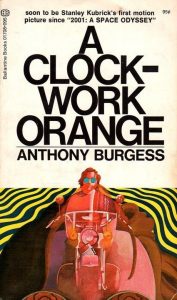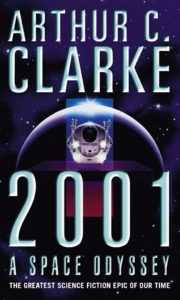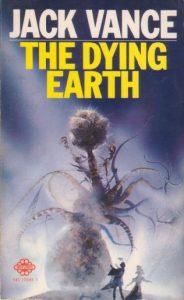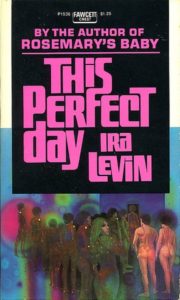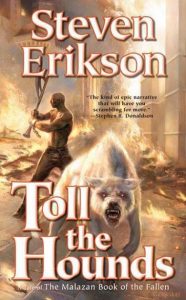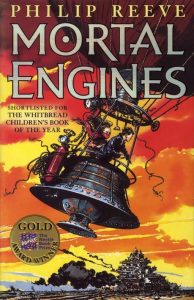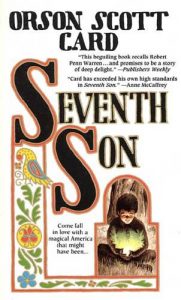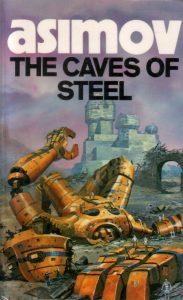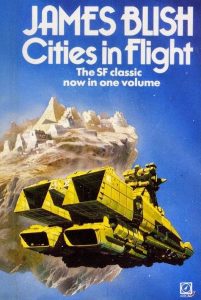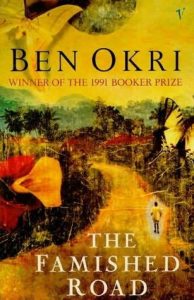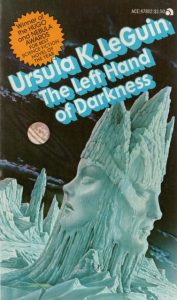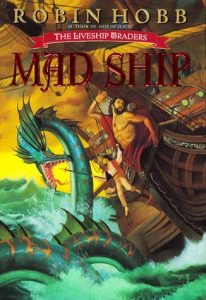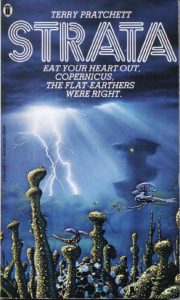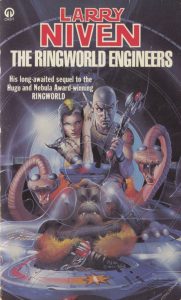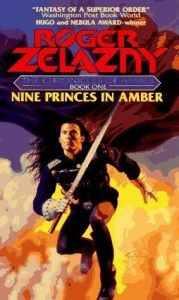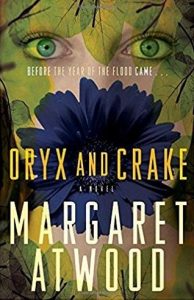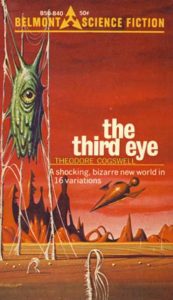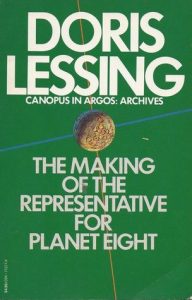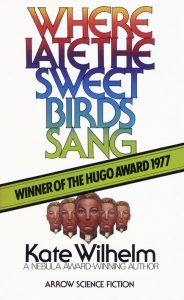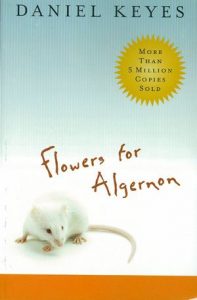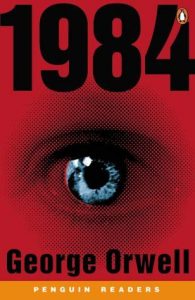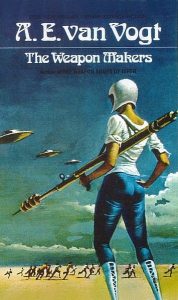
The procedure leading towards the eventual production of written assignments is a rather drawn-out affair.
After each Works in Translation text, we first have an Interactive Oral:
The discussions should address the following cultural and contextual considerations.
• In what ways do time and place matter to this work?
• What was easy to understand and what was difficult in relation to social and cultural context and issues?
• What connections did you find between issues in the work and your own culture(s) and experience?
• What aspects of technique are interesting in the work?
Next, you write a Reflective Statement of between 300-400 words.
The reflective statement must be based on the following question.
• How was your understanding of cultural and contextual considerations of the work developed
through the interactive oral?
Then, comes the Supervised Writing. This is in class and is between 40-50 minutes and “must be in continuous prose.” I will provide you with 3 or 4 prompts which will act as “a springboard to elicit ideas” from you.
Once we have completed this process for each text, you “will choose one of their pieces of supervised writing and develop that into the essay required for submission. There must be an apparent connection between the supervised writing and the final essay, but students are encouraged to provide their own title and to develop the chosen prompt in an independent direction.”
Each student is required to produce an essay of 1,200–1,500 words in length on a literary aspect of one work.
The essay is developed from one of the pieces of supervised writing completed in class, with the guidance
of the teacher.
After this, I will give you feedback on the first draft, and you will then (finally) produce your Written Assignment without help.
Phew! What a tortuous process!
If in doubt, always look in the Literature Guide. Good luck.





